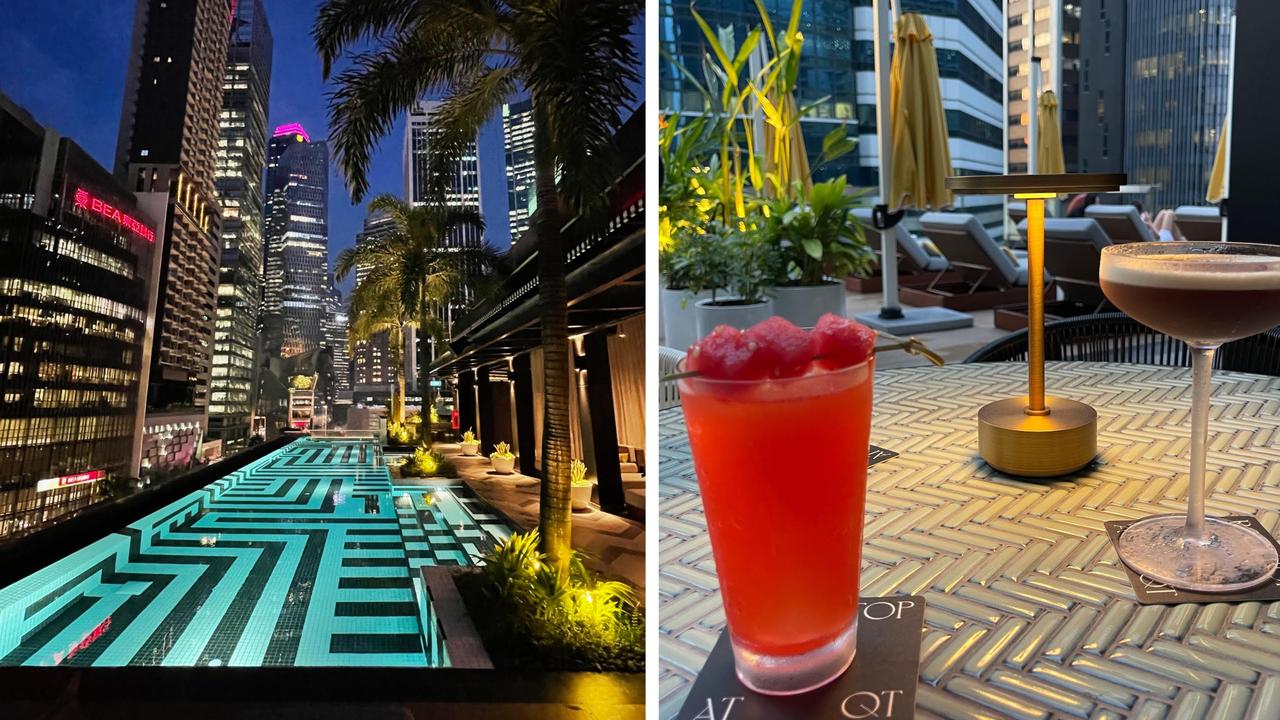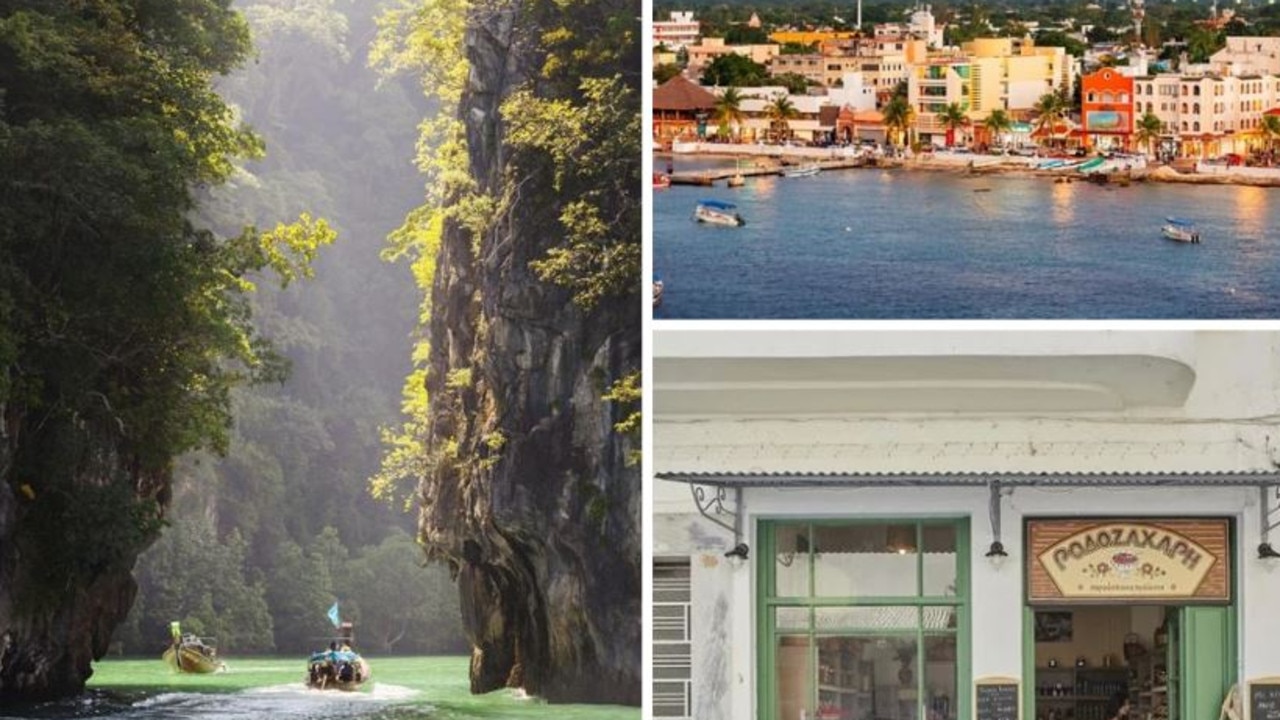Abu Dhabi is one of the richest cities in the world
IT’S one of the richest cities in the world but it’s often overshadowed by its louder neighbour. Dripping in wealth it’s where the rich go to play.

LAVISH man-made islands — check!
Luxurious six-star hotels — check!
Chic desert resorts and world-class shopping — check!
No, we’re not talking about Dubai, but rather it’s far quieter — yet far richer — next-door neighbour, Abu Dhabi.
Most people have yet to know much about it. But not only will the capital of the United Arab Emirates soon open branches of the Guggenheim and Louvre, Abu Dhabi is also front and centre in the current high-octane flick “Furious 7,” which was filmed across the city-state.
As “Furious 7” breaks box-office records, here are seven reasons to visit the Emirate before the summer heat.
The desert
No trip to Abu Dhabi would be complete without an escape to the Arabian desert. And to best experience its sandy starkness, head 30 minutes by helicopter — or 90 minute by car — from central Abu Dhabi to the Anantara Qasral Sarab.
This fortress-styled resort built in the heart of the Liwa Desert is surrounded by towering, eerily silent sand dunes, and includes an Asian-inspired spa, a French-influenced Suhail restaurant and desert-based hikes, camel-rides and dune-buggy excursions (from about $330).

The mosque
Abu Dhabi’s most iconic structure has to be the Sheikh Zayed Mosque: a $720 million white stone, gold and crystal confection capped by 82 domes and four graceful minarets rising 107 metres over a grand courtyard festooned with the world’s largest marble mosaic.
Arrive early to avoid the later-morning heat and book a guide to fully detail this mellifluous marriage of Moghul, Moorish and Arab architecture.

The racetrack
In true “Furious 7” style, Yas Island is all about speed — home, as it is, to both Abu Dhabi’s annual Formula One race each November and the futuristic, auto-themed Ferrari World theme park.
Both are easily accessible from the five-year-old Viceroy Hotel (from $260), which is clad in a delicate honeycomb skin and houses nearly 500 guest rooms, 13 restaurants and a nightclub suspended within a bridge hanging between its two amoeba-shaped wings.
Designed without a single right angle by Hani Rashid of New York’s Asymptote Architecture, the hotel hovers atop Abu Dhabi’s Formula One racetrack. Every element of the Viceroy was clearly designed for prime circuit viewing — most notably the toilet-level peek-a-boo windows in a handful of guestroom baths.
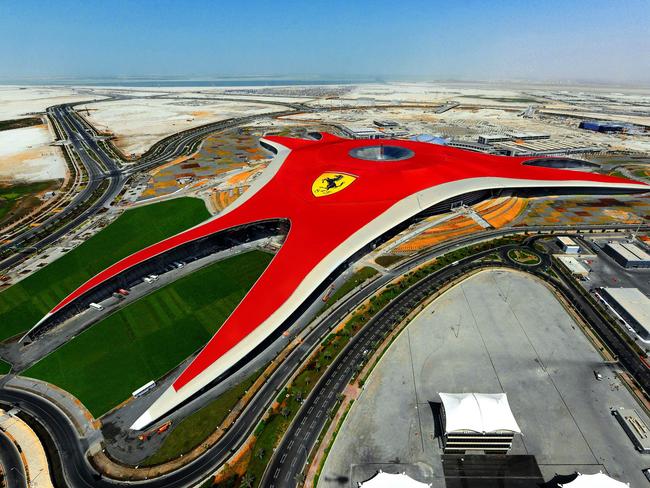
The culture
While Yas is mostly completed, Saadiyat — linked to the Abu Dhabi mainland by the Sheikh Khalifa Bridge and a 10-lane causeway — remains a work in progress. Frank Gehry’s Guggenheim, Jean Nouvel’s Louvre, the Zaha Hadid-designed Performing Arts Center, Tadao Ando’s Maritime Museum and Norman Foster’s Zayed National Museum are all slated for completion in the coming years, with the Louvre opening by winter.
In the meantime, visit the nearby Manarat Al-Saadiyat — a visitor centre and exhibition pavilion explains Abu Dhabi’s pearl-industry past, alongside Saadiyat’s petrol-fuelled future — plus, get a sneak peak at the Guggenheim’s growing collection.
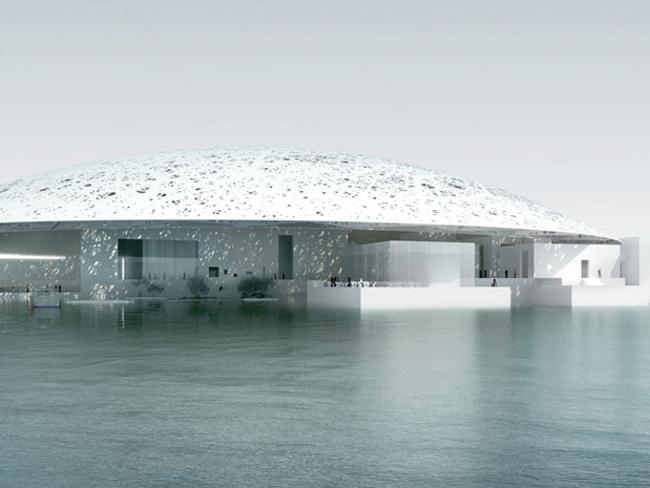
The restaurant
Even if staying elsewhere, pop into the Emirates Palace Hotel for a tour of its marble-lined splendour, where much of “Furious 7” was filmed.
There, don’t miss a meal at Mezlai for local chef Ali Edbowa’s contemporary taken on traditional Emirati dishes such as madfoun — a slow-cooked lamb and rice porridge — and aseeda, a saffron and sugar-spiked pudding.
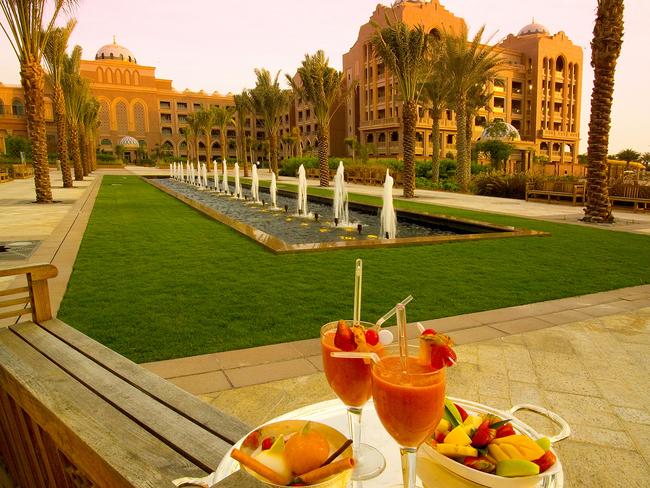
The Corniche
Unlike Dubai — where cars and the metro are the only way to get around — Abu Dhabi is surprisingly walkable. And nowhere more so than its Gulf-front Corniche.
Running for a full 5 miles along a wide, sandy beach, the Corniche lures expats, tourists and locals who stroll and bike in the breeze with the city’s skyscraper skyline rising in the background. It’s a truly urban and authentic Arabian experience.
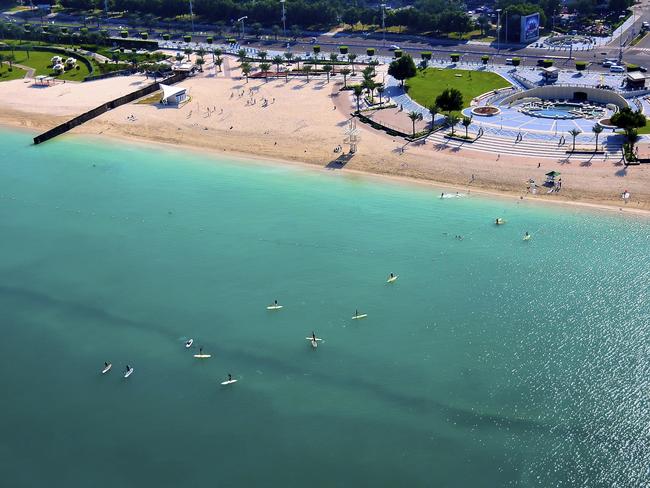
The hotels
At the tip of the Corniche is the Jumeirah at Etihad Towers (from $302), where many of the most arresting moments in “Furious 7” were also shot. Rising 63 floors, this glass-and-steel behemoth includes 382 rooms with panoramic city and Persian Gulf views and a pair of sleek penthouse-level evening-spots — the pan-Asian Quest and smart Ray’s Bar.
Meanwhile, back on Saadiyat, the 377-room St. Regis Saadiyat Island (from $436) is a faux-Mediterranean fantasy with postcard-worthy Gulf views that could easily be mistaken for the Caribbean. With its large, village-like layout, the St. Regis — which also includes private villas and townhomes — is all about size. The gym and spa, for instance, inhabit a stand-alone centre separated from the main resort by a boutique-lined stone piazza and feature a near Olympic-sized pool.

Nearby, the 306-room Park Hyatt (from $499) is subtly patterned with contemporary takes on traditional Middle Eastern designs. Delicately-carved mashrabiyah-styled wooden panels line guest room balconies, marble walls are inlaid with geometric Arabesque patterns and small sitting rooms are anchored by courtyard fountains or decorated like cozy majlis (traditional Gulf-styled reception rooms).
This article originally appeared on the New York Post and was reproduced with permission.

